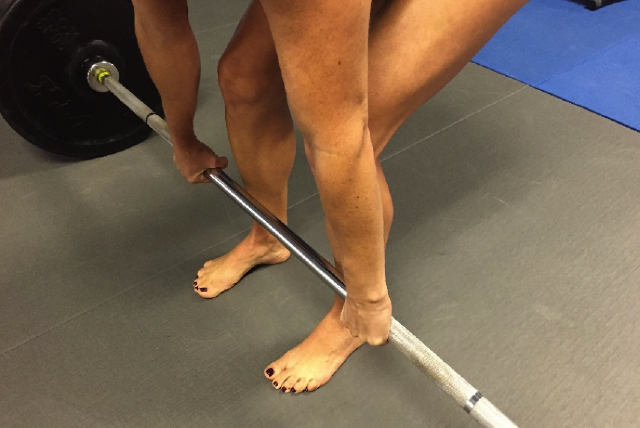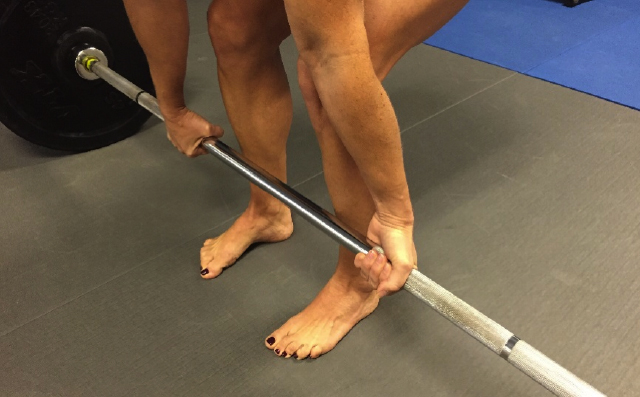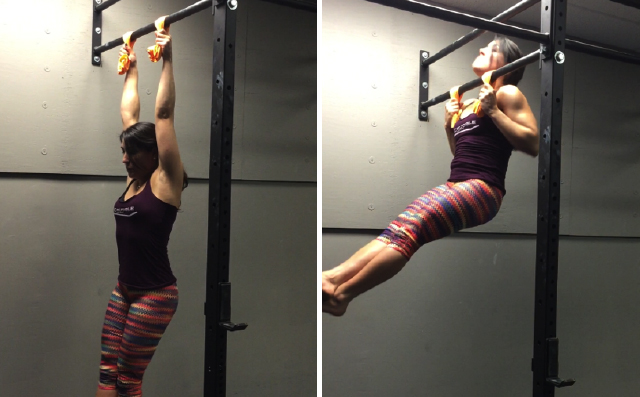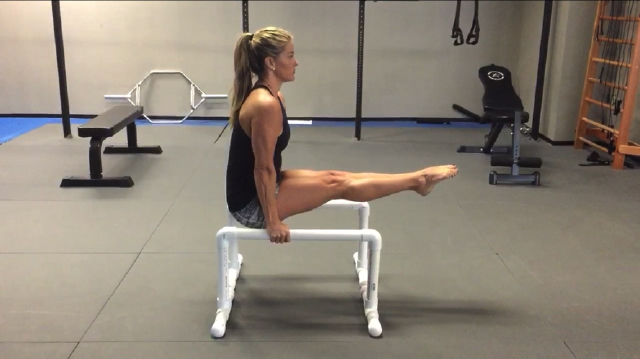https://www.girlsgonestrong.com/
I recently came across a website called The Art of Manliness, and one of the articles I read was about grip strength. This should not come as a surprise, as most of us probably assume men train their grip strength to have stronger hands and forearms.
The article noted that while the hands and forearms make up just 5% of the body, the benefits of a strong grip pay large dividends both in training and elsewhere.
It went on to say that grip strength is completely ignored by most men, which got me thinking… if a website about “manliness” is stating that grip training is being ignored by most men, I wonder how much more it’s being ignored (or worse, avoided) in women’s training programs.
I have been teaching my students about the benefits having a strong grip for almost a decade now. I was taught how important it was when I was first introduced to kettlebell training, and lately it has been reinforced even more as I have been instructing the SFB bodyweight certification. In this training we teach about the three most powerful neural generators: the glutes, abs and grip, and emphasize that the easiest ways to get overall strong is through ab work and grip work.
While training for a super strong grip might not be high on your priority list, it doesn’t mean we should forget about it altogether. Think about this for a moment:
What things do you do on a daily basis for which having a stronger grip is helpful?
- Opening tight jars
- Carrying groceries (carrying more at once = fewer trips)
- Lifting/moving furniture
- Pulling weeds (if you garden)
- Pull ups or Hangs
Or maybe you’re like a lot of the women who write into Girls Gone Strong, and you struggle with your forearms and fingers fatiguing during certain exercises, before you get the main muscles worked (i.e. Deadlifts).
Let me share with you a few of the best ways to train your grip using familiar exercises, but with a little twist.
Heavy Deadlifts
One of the easiest ways to work on your grip strength is to add heavy deadlifts into your program if you aren’t currently doing them. As you begin to lift heavier you will find that it will challenge your grip by making the bar feel as if it will roll out of your hands. As you increase the weight you may need to train with an alternate grip.

Deadlift: Regular Grip

Deadlift: Alternating Grip
Bottoms-Up Kettlebell Work
If you are already including kettlebell skills in your training, you can make them more challenging by doing them “bottoms up.” Select a lighter bell than usual because the balance aspect taxes your grip and forearms quicker. For example, Bottoms-Up Cleans, Bottoms-Up Squats, Bottoms-Up Military Press, Bottoms-Up Windmills and Bottoms-Up Turkish Get-Ups.
Loaded Carries
Walking for distance holding heaving objects will build your grip and forearm strength. The pinch grip plate carries and kettlebell farmer walks in the video below are just two examples for building your grip, while also building strength endurance to keep your fingers and forearms from burning out quickly during your other lifts.
Hangs or Pull-Ups (Bar, Towel or Ropes)
If you enjoy doing hangs or pulls, your options are endless:
- Neutral grip
- Closed grip around the bar
- Tactical thumb less grip
- Towel / Ropes
- Pinch Grip (equal pinch grip or one side pinch/other side full grip)
- Alternate grip
- Finger or Finger tip grip

Towel Hangs and Towel Pull-Ups
Parallette Work
This is another great way to improve your grip, as the parallettes are normally a bit wider than a pull up bar. Depending on the skill you’re working you may be holding up your full bodyweight. As an added bonus, while working your grip you will also be getting an incredible abdominal workout. Examples include: L-sits, Push-Ups or Planks, and L-sit to Tuck Thru (and if you’re advanced… to handstands).

L-Sit on the Parallettes
Crush grippers / Pinch work
Rather than re-invent the wheel, I would recommend you read this article by Judd Johnson, as he is a Competition Grip Sports Athlete.
Another very important aspect of Judd’s article that should not be missed is working/training the antagonist. In this case we would be talking about the extensors—the muscles on the back of your hands. Remember to stretch your fingers and forearms after doing any or all of the above grip exercises. The following video shows you a few of the ones I use.
Lastly, all this extra grip work might take a bit of a toll on your hands. Calluses are not a bad thing, and you can manage them by keeping them filed, clean, and moisturized. Our friend, Jen Sinkler, offers some great advice on this subject.
A strong grip isn’t a “guy” thing. It’s an “everyone” thing, and I encourage women to embrace grip training. Developing a strong, powerful grip will help you reach new levels in your training—and in your life.
Filed under: Fitness

 For now classes are 6pm and 640pm at 2840 Wildwood st in the Boise Cloggers studio.
Book your class NOW!
click this ==>
For now classes are 6pm and 640pm at 2840 Wildwood st in the Boise Cloggers studio.
Book your class NOW!
click this ==>








